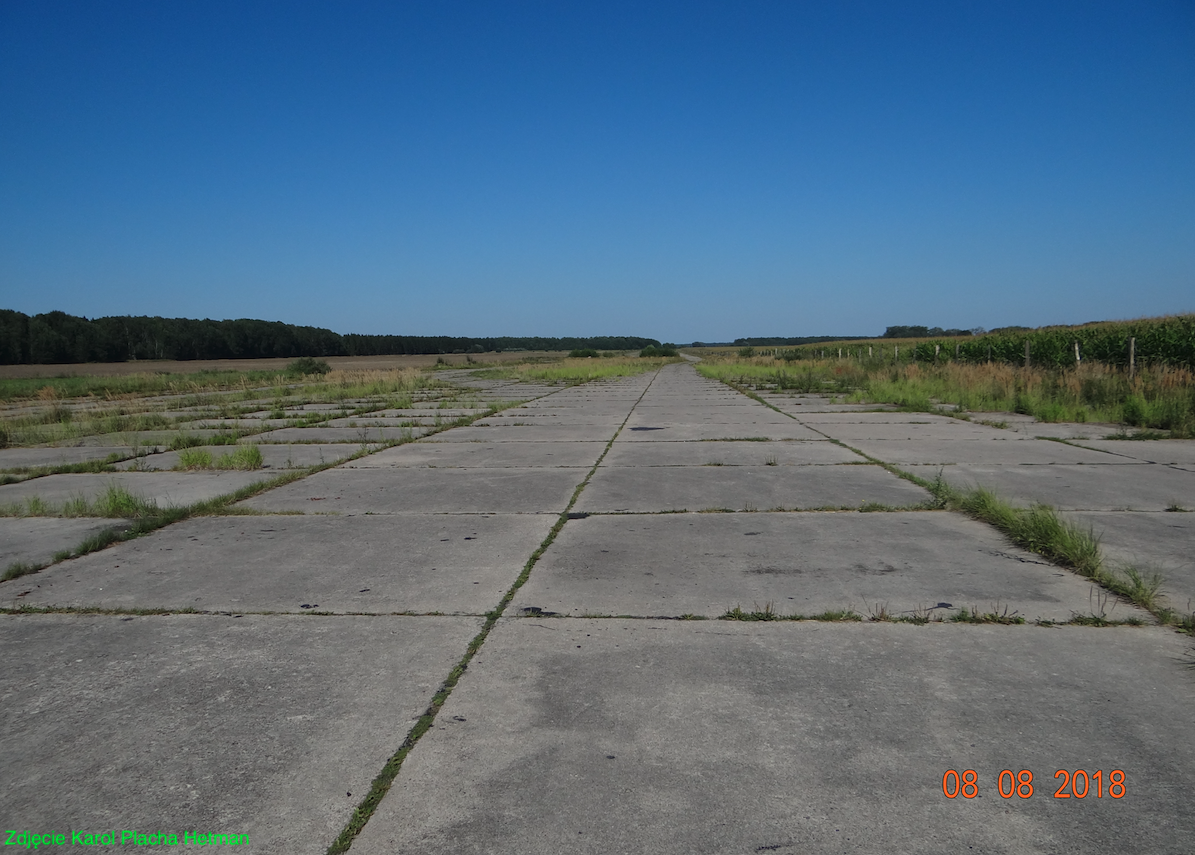Orneta 2008-01-14
29th Fighter Aviation Regiment in Orneta.
1952–1968
History of the 29th Fighter Aviation Regiment.
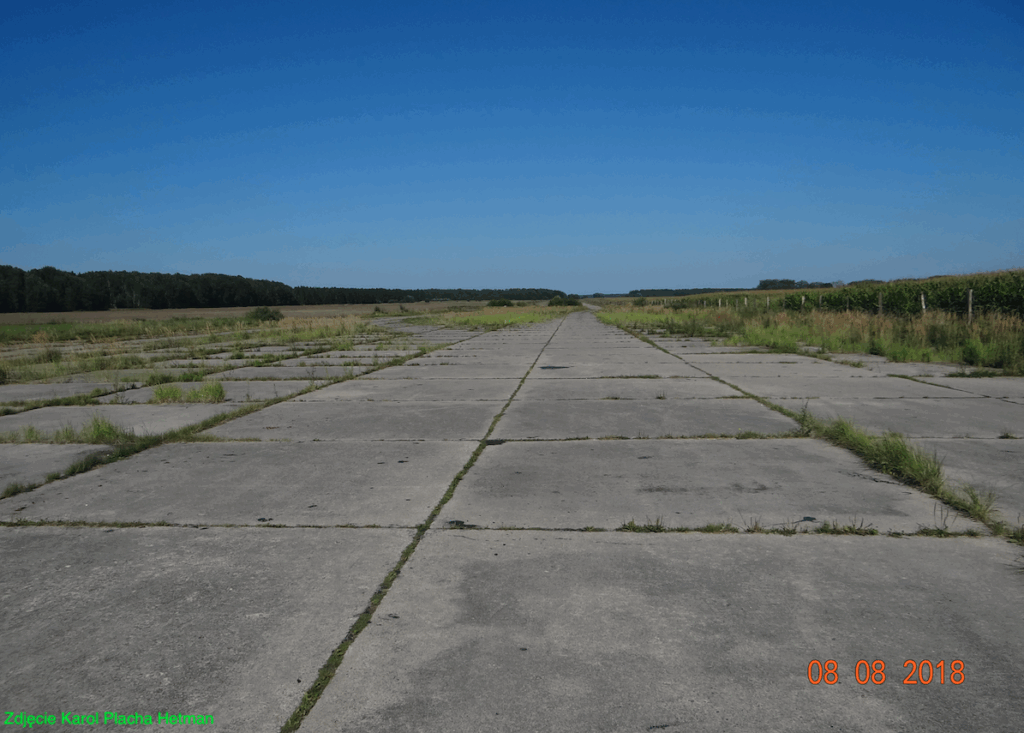
The 29th Fighter Aviation Regiment was one of the Polish People’s Army (LWP) units established in response to the massive expansion of Poland’s military potential dictated by Moscow. The 29th Fighter Aviation Regiment was planned to form part of the 9th Fighter Aviation Division. The Polish Minister of National Defense, Marshal of Poland Konstanty Rokossovsky (What Polish Air Force?), ordered the formation of the 29th Fighter Aviation Regiment by order of March 23, 1952. The commander of the 9th Fighter Aviation Division (DLM) announced the formation of the regiment in the city of Orneta in an organizational order. The 26th Fighter Regiment and the 29th Fighter Regiment were initially formed together at one airfield. However, shortly thereafter, the 26th Fighter Regiment was transferred to Malbork, from where it was transferred to Zegrze Pomorskie the following year. Our hero, the 29th Fighter Regiment, remained stationed at the Orneta airfield. The regiment was stationed in Malbork only briefly, when the airfield was undergoing renovations. General plans were to establish four divisions, each with three fighter regiments. However, Poland’s difficult economic situation made the creation of such a large number of air regiments impossible. A new order, No. 0078/Org., dated November 19, 1952, was issued, which established the formation of tactical air units consisting of two air regiments. Therefore, the formation of the 24th Fighter Regiment, 27th Fighter Regiment, and others was abandoned, and the 11th Fighter Regiment was placed under the command of the 26th Fighter Regiment from the 9th Fighter Regiment. The second regiment subordinate to the 11th Airborne Division was the 40th Airborne Regiment from Świdwin, where the remaining division units were also stationed. Therefore, the 29th Airborne Regiment, along with the 41st Airborne Regiment from Malbork, was under the command of the 9th Airborne Regiment in Malbork and belonged to the Air Force.
Orneta Airport.
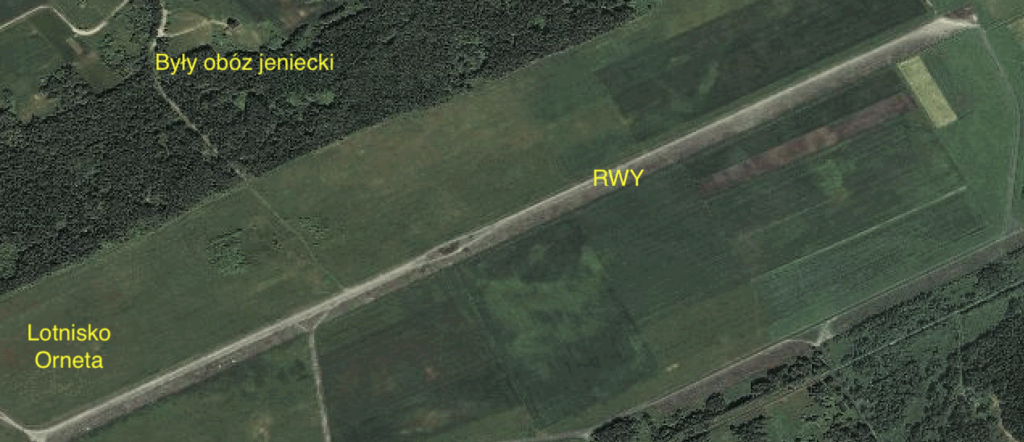
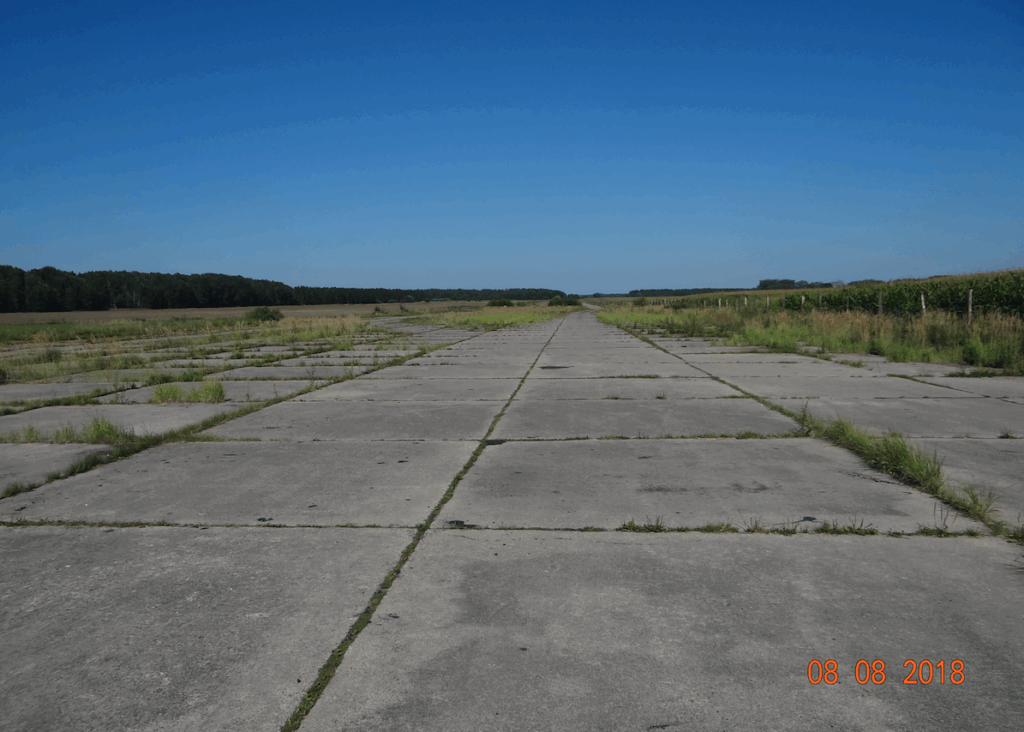
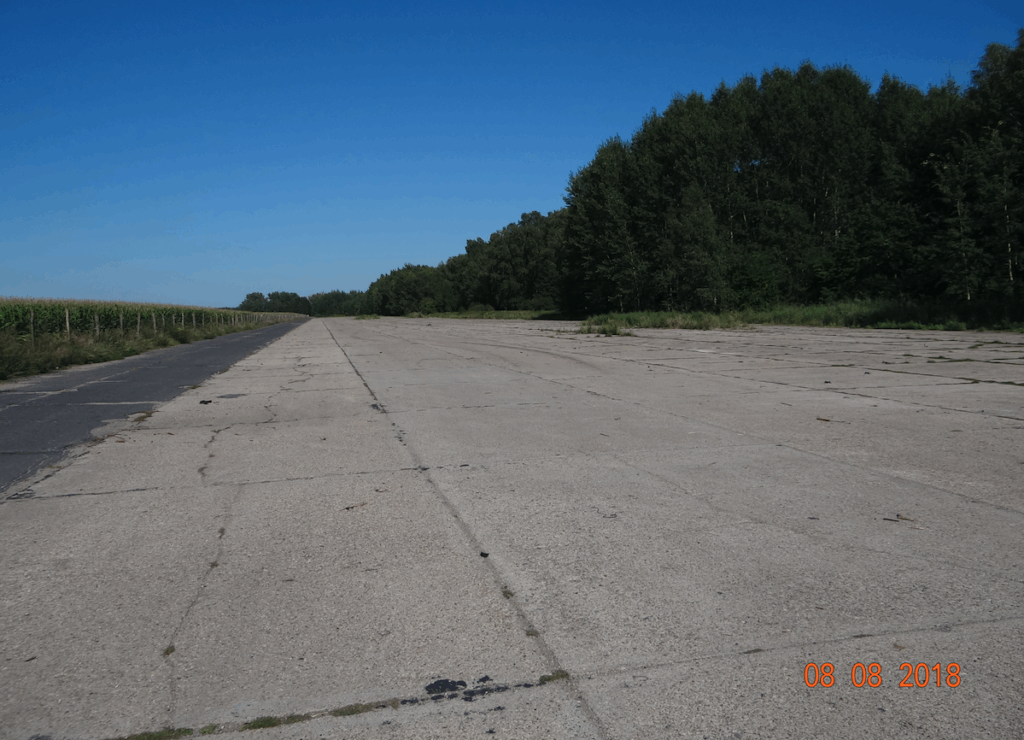
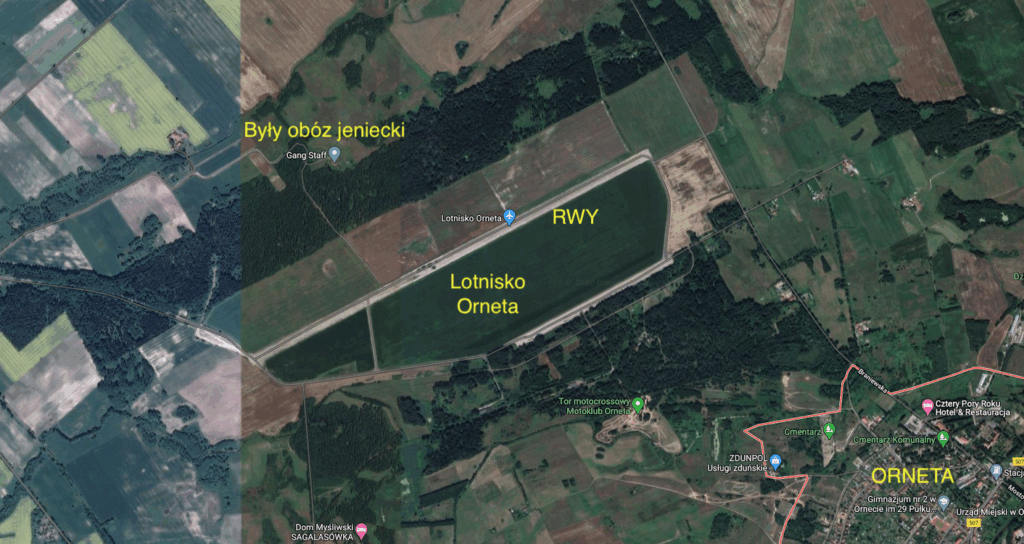
The airport has a 2,000 m x 30 m runway (RWY), with an orientation of 06/24. The surface is concrete. It has geographic coordinates of 54.07 N 20.05 E and is located at an elevation of 53 m above sea level.
The airport was built in the 1930s by the Germans. It served as an alternate airport for Elbląg Airport and was used for training purposes. It was equipped with a grassy landing area. From 1933 (the year Hitler came to power), intensive expansion began. Barracks, a headquarters, a canteen, hangars, warehouses, a fuel depot, an ammunition depot (bomb depot), guardhouses, and other facilities were built here. Most of the buildings were wooden, roofed with sheet metal or tar paper. It is possible that between 1942 and 1944, a concrete runway measuring 1,200 m x 30 m was built on the landing area. Work at the airport was performed primarily by prisoners, and during World War II, by POWs.
During World War II, the airport was occupied by the Muscovites and operated by them until 1950. From 1952, it was taken over by the Polish Air Force. During the period 1952–1953, the airport was expanded. Airport renovations were carried out relatively regularly, particularly to the runway and taxiways (1956–1958, 1961–1962, 1965). The airport was closely associated with the 29th Air Force Regiment, and after its disbandment, it fell into oblivion and gradually fell into disrepair. In 1972, taxiway No. 1 was renovated, but that was the end of it. For a time, the airport and its facilities served as a technical warehouse. The airport is (as of 2008) unidentified and not registered. The airport is managed by the Military Property Agency.
29th Air Force Regiment in Orneta.
The 29th Air Force Regiment (JW. 4988) began its operations under difficult conditions. The Russians abandoned the cities and airports, leaving nothing behind. Their unit was likely relocated to northwestern Poland. In 1952, the 29th Air Force Regiment was forced to take over buildings belonging to the Catholic Church. (Information uncertain). From 1952 to 1953, the 51st Airfield Construction Battalion (JW. 4003) conducted construction work at the airport. This unit adapted the airport to accommodate and operate turbojet fighter aircraft, with a single regiment. The airport was classified as Class II-b, with a runway measuring 2,000 m x 30 m.
On January 2, 1953, the first muster of the Regiment took place at the Orneta airport. The Regiment’s primary combat aircraft became the Lim-1, and its combat training aircraft was the Lim-1. Around 1955, the Regiment received more modern Lim-2 aircraft.
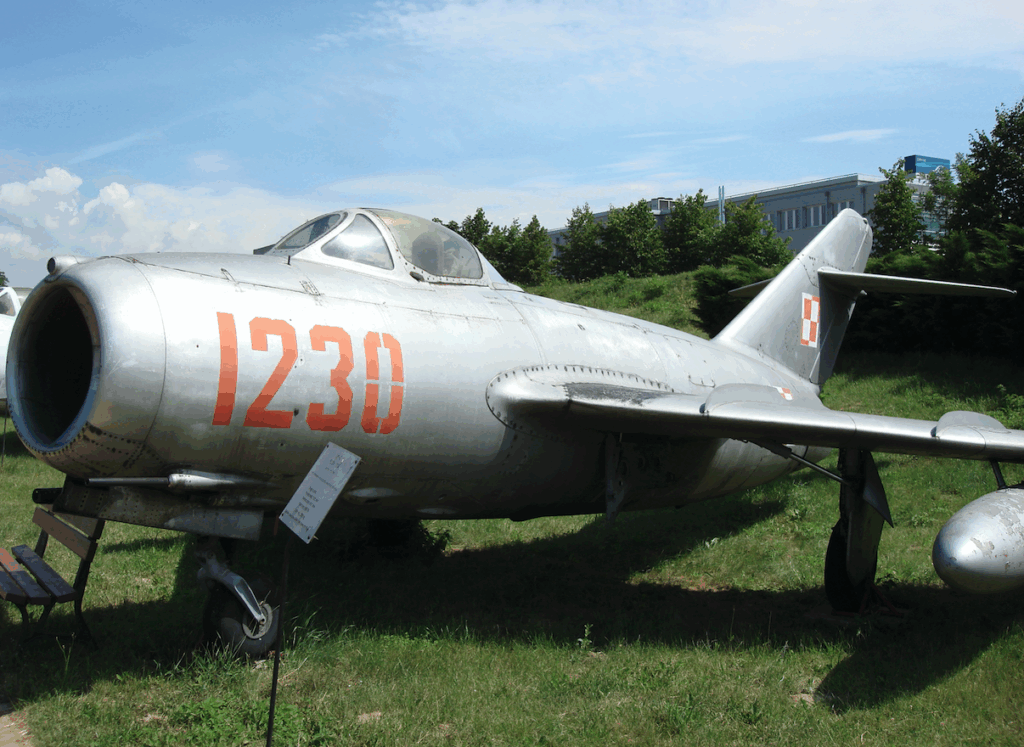
1959.
In May 1959, the regiment received its first two Lim-5 P fighters, nos. 1D-0403 and 1D-0408.
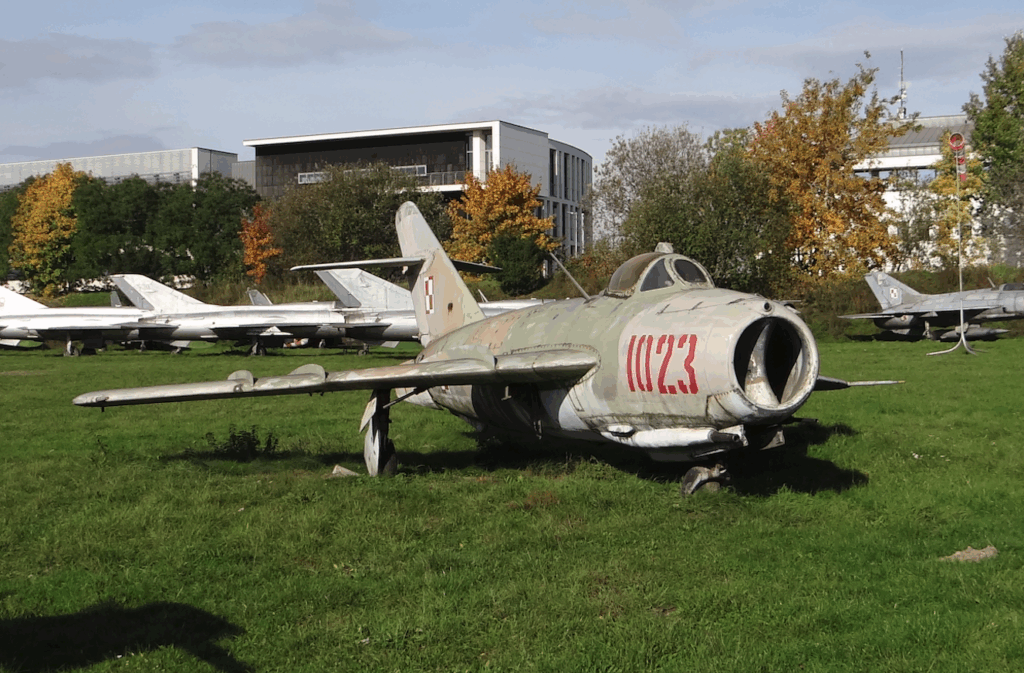
In June 1959, the regiment received one MiG-17 PF aircraft from the 28th Air Defense Regiment.
In 1959, it was decided to compare the skills of fighter pilots from different units in direct competition. From September 28, 1959, to October 2, 1959, the first Central Air Force and Anti-Aircraft Defense Competition of the National Area after World War II was held, with individual and team competitions for the fighter aviation championship. Several teams and 19 competitors competed in individual events. They competed because they won the elimination rounds within their own units. Some pilots competed individually and as a team. The competitors were presented with the following tasks: superior piloting, intercepting an enemy, shooting at ground and air targets, landing with a dead engine, a night flight along a route with a timed exit over the radio beacons, etc.
All teams and pilots competing individually received numbered armbands. The competition was held on a large scale. Each aircraft was assessed by several judges at a time. The camera tapes were analyzed in detail. In several events, the judges assessed the execution of the task directly from the air, flying alongside in another aircraft. They assessed the course of the attack, safety, and the commander’s decision-making. The pilots from the 29th Airborne Regiment performed exceptionally well, especially Captain Franciszek Walenty, who took first place individually.
Standings – Individual: 1st place: Captain Franciszek Walentyn from the 29th Air Force Secondary School – 2,280 points. 2nd place: Lieutenant (Capt.) Stefan Ziębicki (Ziembicki) from the 40th Air Force Secondary School – 2,210 points. 3rd place: Captain Garczyński – 2,155 points.
Team: 1st place: Kałkus’s team from the 1st Air Force Secondary School in Mińsk Mazowiecki – 2,670 points. 2nd place: Daniłowicz’s team – 2,660 points. 3rd place: Captain Franciszek Walentyn’s team from the 29th Air Force Secondary School – 2,335 points.
1960.
In the spring of 1960, the first Lim-5 was delivered to the regiment. Approximately eight aircraft were delivered.
In 1960, the 2nd Central Fighter Aviation Championships of the Polish Air Force and Air Defense Forces of the OK were held. This time, they were held at several airfields. The focal point was the airfield in Krzesiny, hosted by the 62nd Airborne Regiment. Once again, the pilots from the 29th Airborne Regiment did not disappoint. Third place was once again taken by the team led by Captain Pilot Franciszek Walentyn.
In September 1960, the main Aviation Day celebrations were held in Łódź. The 29th Regiment fielded six Lim-2 aircraft for the air show, commanded by Captain Pilot Franciszek Walentyn.
A very difficult exercise was conducted at Orneta Airport. It involved a night landing without the use of airfield lighting. All selected pilots landed safely. However, this exercise was extremely dangerous. The pilots made several landing attempts to assess the situation as best as possible and avoid a disaster. This exercise was not repeated again.
Disbandment of the 29th Air Force Regiment in Orneta.
The second half of the 1960s was a period of further reorganization in the Polish Military Aviation. As a result, some regiments were disbanded. Among them was the 29th Air Force Regiment from Orneta, which came as a great surprise to the regiment’s cadre. This was based on Order No. 0197/Org of the General Staff of the Polish Army of 12 July 1968, which ordered the Air Force Commander to disband the Regiment by December 31, 1968.
Aircraft used by the 29th Air Force Regiment;
WSK Lim-1, WSK Lim-2, WSK Lim-5, WSK Lim-5 P, Mikojan and Guriewicz MiG-17 PF, WSK TS-8 Bies.
Written by Karol Placha Hetman

